Blog
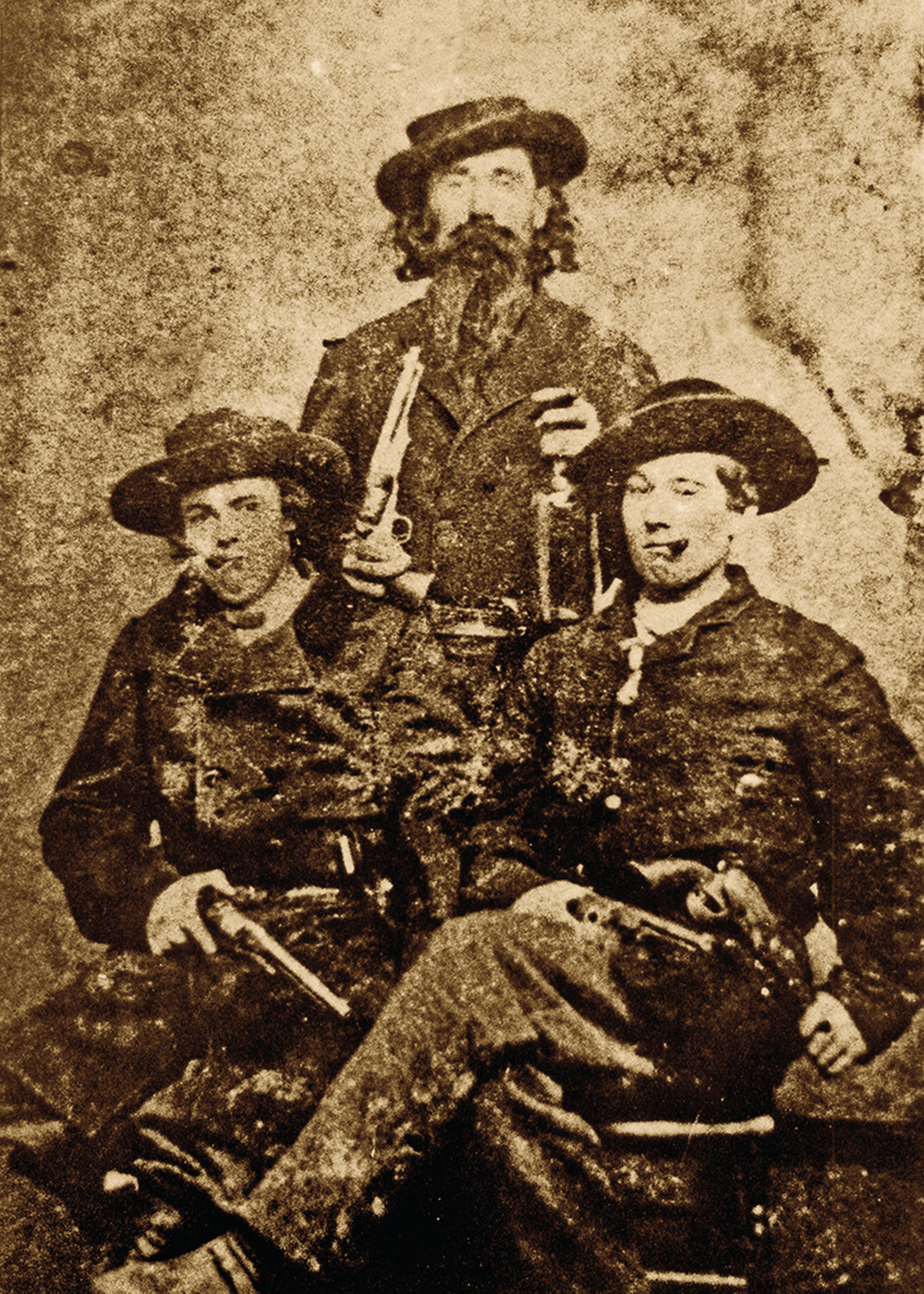
Featured is a high-resolution view of the magnificent spiral galaxy NGC 3628 and its galactic disk inflated and divided by dark dust lanes. Of course, this galactic portrait recalls its popular nickname: the Hamburger Galaxy!
Located about 35 million light-years away from us in the direction of the Leo constellation, NGC 3628 shares its neighborhood with two other large spiral galaxies : M65 and M66 in a famous group known as the Leo Triplet. Gravitational interactions with its cosmic neighbors are responsible for the extension and deformation of this spiral’s disk visible in the image.
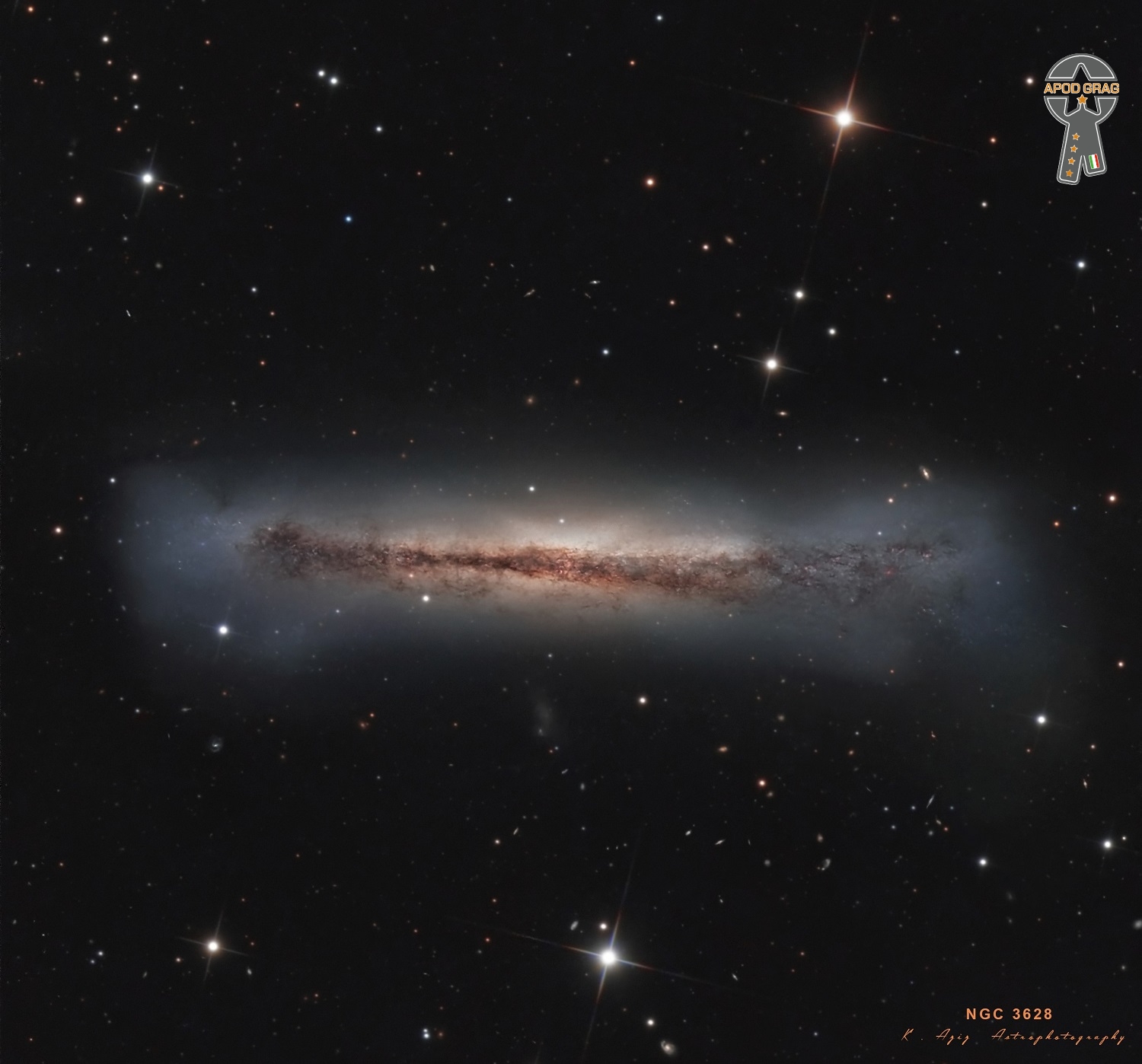
Beres Hammond OJ (born Hugh Beresford Hammond; 28 August 1955, in Annotto Bay, Saint Mary, Jamaica) is a Jamaican reggae singer known in particular for his lovers rock music. While his career began in the 1970s, he reached his greatest success in the 1990s.
Born the ninth of ten children, Hammond grew up listening to his father’s collection of American souland jazz music including Sam Cooke and Otis Redding. He was further influenced by the native music of ska and rocksteady, in particular Alton Ellis.
more...Joseph Thomas “Coke” Escovedo (April 30, 1941 – July 13, 1986) was an American percussionist, who came from a prominent musical family including five musician brothers and his niece, Sheila E. He played in various genres, including R&B, jazz fusion and soul, with bands including Santana, Malo, Cal Tjader, and Azteca.
Escovedo was born in Los Angeles, California, the son of Pedro Escovedo, a plumber and amateur musician, who had immigrated from Mexico at age 12, and Anita (née Valenzuela). Escovedo grew up in the East Bay region of the San Francisco Bay Area. He developed an early interest in jazz and Latin music through exposure gained from his father Pedro, an aspiring big band singer, and eventually gravitated to drums and Latin percussion. Coke’s older brother, fellow percussionist Pete Escovedo, recruited Escovedo for a local Latin jazz combo led by pianist Carlos Federico. The Federico combo evolved into the Escovedo Brothers Band, which also counted Pete, bassist brother Phil Escovedo, saxophonist-flautist Mel Martin and trombonist Al Bent among its regular members.
more...Reverend Gary Davis, also Blind Gary Davis (born Gary D. Davis, April 30, 1896 – May 5, 1972), was a blues and gospel singer who was also proficient on the banjo, guitar and harmonica. Born in Laurens, South Carolina and blind since infancy, Davis first performed professionally in the Piedmont blues scene of Durham, North Carolina in the 1930s, then converted to Christianity and became a minister. After moving to New York in the 1940s, Davis experienced a career rebirth as part of the American folk music revival that peaked during the 1960s. Davis’ most notable recordings include “Samson and Delilah“ and “Death Don’t Have No Mercy“.
Davis’ fingerpicking guitar style influenced many other artists. His students included Stefan Grossman, David Bromberg, Steve Katz, Roy Book Binder, Larry Johnson, Nick Katzman, Dave Van Ronk, Rory Block, Ernie Hawkins, Larry Campbell, Bob Weir, Woody Mann, and Tom Winslow. He also influenced Bob Dylan, the Grateful Dead, Wizz Jones, Jorma Kaukonen, Keb’ Mo’, Ollabelle, Resurrection Band, and John Sebastian(of the Lovin’ Spoonful).
Davis was born in Laurens, South Carolina in the Piedmont region. Of the eight children his mother bore, he was one of two who survived to adulthood.
more...Percy Heath (April 30, 1923 – April 28, 2005) was an American jazz bassist, brother of saxophonist Jimmy Heath and drummer Albert Heath, with whom he formed the Heath Brothers in 1975. Heath played with the Modern Jazz Quartet throughout their long history and also worked with Miles Davis, Dizzy Gillespie, Charlie Parker, Wes Montgomery, and Thelonious Monk.
Heath was born in Wilmington, North Carolina, United States, and spent his childhood in Philadelphia. His father played the clarinet and his mother sang in the church choir. He started playing violin at the age of eight and also sang locally. He was drafted into the Army in 1944, trained with the Tuskegee Airmen, graduating as a 2nd Lieutenant pilot, but saw no combat.
more...OPENING NIGHT for The Defeat of Jesse James at the History Theater in St Paul. Music with Raymond Berg, Kam Markworth, Christian Wheeler and mick laBriola. History Theater 730pm Saturday April 29th 2023
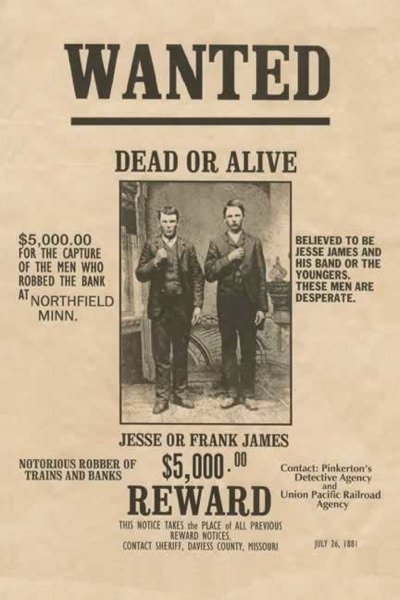
NGC 2264 indicates a bright open cluster surrounded by a large system of diffuse nebulosities, within the constellation of the Unicorn.
In fact, the first striking feature when exploring this area of the sky with binoculars is a group of about twenty blue stars, dominated by the star S Monocerotis, of magnitude between the fifth and ninth, arranged in a triangle, with the vertex pointed towards the south, a feature that in the southern hemisphere (where the top appears to be pointing upwards) makes it similar to a Christmas tree (the latter is the proper name of the cluster).
In the southern apex of the cluster, if observed with a Newtonian telescope with the aid of a filter, a nebula becomes evident, in the edge of which there is a dark patch in the shape of a cone with the tip directed towards the apex of the shaft of Christmas; this structure has made the cloud famous with the proper name of the Cone Nebula. A vast fainter nebulosity also extends to the northwest of the cluster, clearly visible in long-exposure photos.
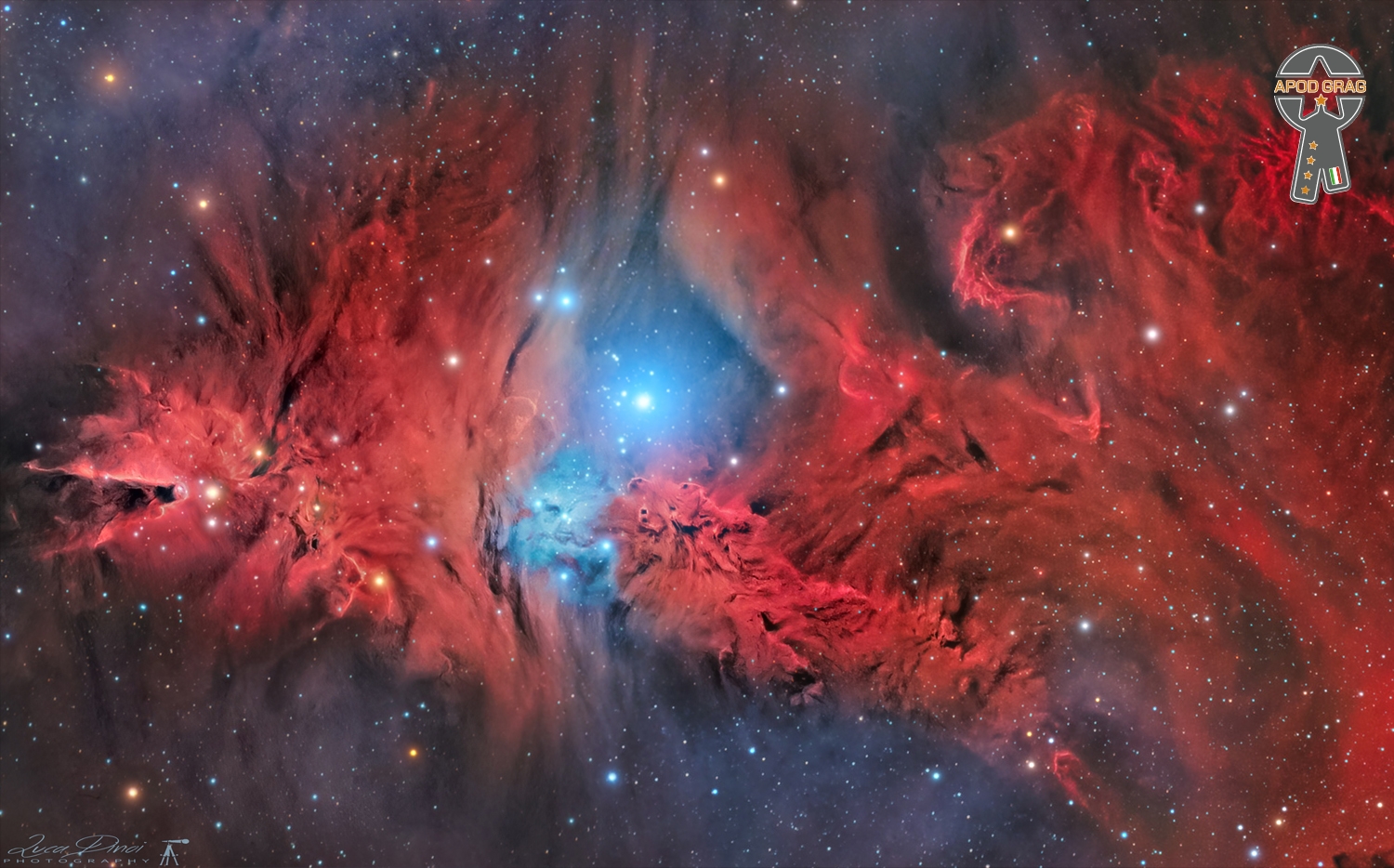
Raymundo “Ray” Barretto Pagán (April 29, 1929 – February 17, 2006) was an American percussionist and bandleader of Puerto Rican descent. Throughout his career as a percussionist, he played a wide variety of Latin music styles, as well as Latin jazz. His first hit, “El Watusi,” was recorded by his Charanga Moderna in 1962, becoming the most successful pachanga song in the United States. In the late 1960s, Barretto became one of the leading exponents of boogaloo and what would later be known as salsa. Nonetheless, many of Barretto’s recordings would remain rooted in more traditional genres such as son cubano. A master of the descarga (improvised jam session), Barretto was a long-time member of the Fania All-Stars. His success continued into the 1970s with songs such as “Cocinando” and “Indestructible.” His last album for Fania Records, Soy dichoso, was released in 1990. He then formed the New World Spirit jazz ensemble and continued to tour and record until his death in 2006. Barretto was born on April 29, 1929, in New York City. His parents moved to New York from Puerto Rico in the early 1920s, looking for a better life. His father left their family when Barretto was four, and his mother Delores moved the family to the Bronx.
more...Willie Hugh Nelson (born April 29, 1933 Abbott, TX) is an American singer, songwriter, musician, political activist and actor. He was one of the main figures of outlaw country, a subgenre of country music that developed in the late 1960s as a reaction to the conservative restrictions of the Nashville sound. The critical success of his album Shotgun Willie (1973), combined with the critical and commercial success of Red Headed Stranger(1975) and Stardust (1978), made Nelson one of the most recognized artists in country music. Nelson has acted in over 30 films, co-authored several books, and has been involved in activism for the use of biofuelsand the legalization of marijuana.
Born during the Great Depression and raised by his grandparents, Nelson wrote his first song at age seven and joined his first band at ten. During high school, he toured locally with the Bohemian Polka as their lead singer and guitar player. After graduating from high school in 1950, he joined the U.S. Air Force but was later discharged due to back problems. After his return, Nelson attended Baylor University for two years but dropped out because he was succeeding in music. He worked as a disc jockey at radio stations in his native Texas, and in several radio stations in the Pacific Northwest, all the while working as a singer and songwriter throughout the late 1950s. During that time, he wrote songs that would become country standards, including “Funny How Time Slips Away“, “Hello Walls“, “Pretty Paper“, and “Crazy“. In 1960 he moved to Nashville, Tennessee, and later signed a publishing contract with Pamper Music which allowed him to join Ray Price’sband as a bassist. In 1962, he recorded his first album, …And Then I Wrote. Due to this success, Nelson signed in 1964 with RCA Victor and joined the Grand Ole Opry the following year. After mid-chart hits in the late 1960s and the early 1970s, Nelson grew weary of the corporate Nashville music scene, and in 1972 he moved to Austin, Texas. The ongoing music scene of Austin motivated Nelson to return to performing, appearing frequently at the Armadillo World Headquarters.
In 1973, after signing with Atlantic Records, Nelson turned to outlaw country, including albums such as Shotgun Willie and Phases and Stages. In 1975, he switched to Columbia Records, where he recorded the critically acclaimed album Red Headed Stranger. The same year, he recorded another outlaw country album, Wanted! The Outlaws, along with Waylon Jennings, Jessi Colter, and Tompall Glaser. During the mid-1980s, while creating hit albums like Honeysuckle Rose and recording hit songs like “On the Road Again“, “To All the Girls I’ve Loved Before“, and “Pancho and Lefty“, he joined the country supergroup The Highwaymen, along with fellow singers Johnny Cash, Waylon Jennings, and Kris Kristofferson. In 1985, he helped organize the first Farm Aid concert to benefit American farmers; the concerts have been held annually ever since and Nelson has been a fixture, appearing at every one.
In 1990, Nelson’s assets were seized by the Internal Revenue Service, which claimed that he owed $32 million. The difficulty of paying his outstanding debt was aggravated by weak investments he had made during the 1980s. In 1992, Nelson released The IRS Tapes: Who’ll Buy My Memories?; the profits of the double album—destined to the IRS—and the auction of Nelson’s assets cleared his debt. During the 1990s and 2000s, Nelson continued touring extensively, and released albums every year. Reviews ranged from positive to mixed. He explored genres such as reggae, blues, jazz, and folk.
Nelson made his first movie appearance in the 1979 film The Electric Horseman, followed by other appearances in movies and on television. Nelson is a major liberal activist and the co-chair of the advisory board of the National Organization for the Reform of Marijuana Laws (NORML), which is in favor of marijuana legalization. On the environmental front, Nelson owns the biodiesel brand Willie Nelson Biodiesel, whose product is made from vegetable oil. Nelson is also the honorary chairman of the advisory board of the Texas Music Project, the official music charity of the state of Texas.
more...Jean-Baptiste Frédéric Isidor, Baron Thielemans (29 April 1922 – 22 August 2016), known professionally as Toots Thielemans, was a Belgian jazz musician. He was mostly known for playing the chromatic harmonica, as well as his guitar and whistling skills, and composing. According to jazz historian Ted Gioia, his most important contribution was in “championing the humble harmonica”, which Thielemans made into a “legitimate voice in jazz”. He eventually became the “preeminent” jazz harmonica player.
His first professional performances were with Benny Goodman‘s band when they toured Europe in 1949 and 1950. He emigrated to the U.S. in 1951, becoming a citizen in 1957. From 1953 to 1959 he played with George Shearing, and then led his own groups on tours in the U.S. and Europe. In 1961 he recorded and performed live one of his own compositions, “Bluesette“, which featured him playing guitar and whistling. In the 1970s and 1980s, he continued touring and recording, appearing with musicians such as Oscar Peterson, Ella Fitzgerald, Sarah Vaughan, Bill Evans, Dizzy Gillespie, Kenny Werner, Pat Metheny, Jaco Pastorius, Mina Mazzini, Elis Regina, Quincy Jones, George Shearing, Natalie Cole, Billy Joel, Paul Simon, and Paquito D’Rivera.
Thielemans recorded the soundtracks for The Pawnbroker (1964), Midnight Cowboy (1969), The Getaway(1972), Cinderella Liberty (1973), The Sugarland Express (1974) and Looking for Mr. Goodbar (1977). His harmonica theme song for the popular Sesame Street TV show was heard for 40 years. He often performed and recorded with Quincy Jones, who once called him “one of the greatest musicians of our time.” In 2009 he was designated a Jazz Master by the National Endowment for the Arts, the highest honor for a jazz musician in the United States.
more...Edward Kennedy “Duke” Ellington (April 29, 1899 – May 24, 1974) was an American jazz pianist, composer, and leader of his eponymous jazz orchestra from 1923 through the rest of his life.
Born and raised in Washington, D.C., Ellington was based in New York City from the mid-1920s and gained a national profile through his orchestra’s appearances at the Cotton Club in Harlem. A master at writing miniatures for the three-minute 78 rpm recording format, Ellington wrote or collaborated on more than one thousand compositions; his extensive body of work is the largest recorded personal jazz legacy, and many of his pieces have become standards. He also recorded songs written by his bandsmen, such as Juan Tizol‘s “Caravan“, which brought a Spanish tinge to big band jazz.
At the end of the 1930s, Ellington began a nearly thirty-year collaboration with composer-arranger-pianist Billy Strayhorn, whom he called his writing and arranging companion. With Strayhorn, he composed multiple extended compositions, or suites, as well as many short pieces. For a few years at the beginning of Strayhorn’s involvement, Ellington’s orchestra featured bassist Jimmy Blanton and tenor saxophonist Ben Webster and reached a creative peak. Some years later following a low-profile period (Hodges temporarily left), an appearance by Ellington and his orchestra at the Newport Jazz Festival in July 1956 led to a major revival and regular world tours. Ellington recorded for most American record companies of his era, performed in and scored several films, and composed a handful of stage musicals.
Although a pivotal figure in the history of jazz, in the opinion of Gunther Schuller and Barry Kernfeld, “the most significant composer of the genre”, Ellington himself embraced the phrase “beyond category”, considering it a liberating principle, and referring to his music as part of the more general category of American Music. Ellington was known for his inventive use of the orchestra, or big band, as well as for his eloquence and charisma. He was awarded a posthumous Pulitzer Prize Special Award for music in 1999.
more...The second Preview Night for The Defeat of Jesse James at the History Theater in St Paul. Music with Raymond Berg, Kam Markworth, Christian Wheeler and mick laBriola.

Runaway star Alpha Camelopardalis has produced this graceful arcing bow wave or bow shock. The massive supergiant star moves at over 60 kilometers per second through space, compressing the interstellar material in its path. At the center of this nearly 6 degree wide view, Alpha Cam is about 25-30 times as massive as the Sun, 5 times hotter (30,000 kelvins), and over 500,000 times brighter. About 4,000 light-years away in the long-necked constellation Camelopardalis, the star also produces a strong stellar wind. Alpha Cam’s bow shock stands off about 10 light-years from the star itself. What set this star in motion? Astronomers have long thought that Alpha Cam was flung out of a nearby cluster of young hot stars due to gravitational interactions with other cluster members or perhaps by the supernova explosion of a massive companion star.
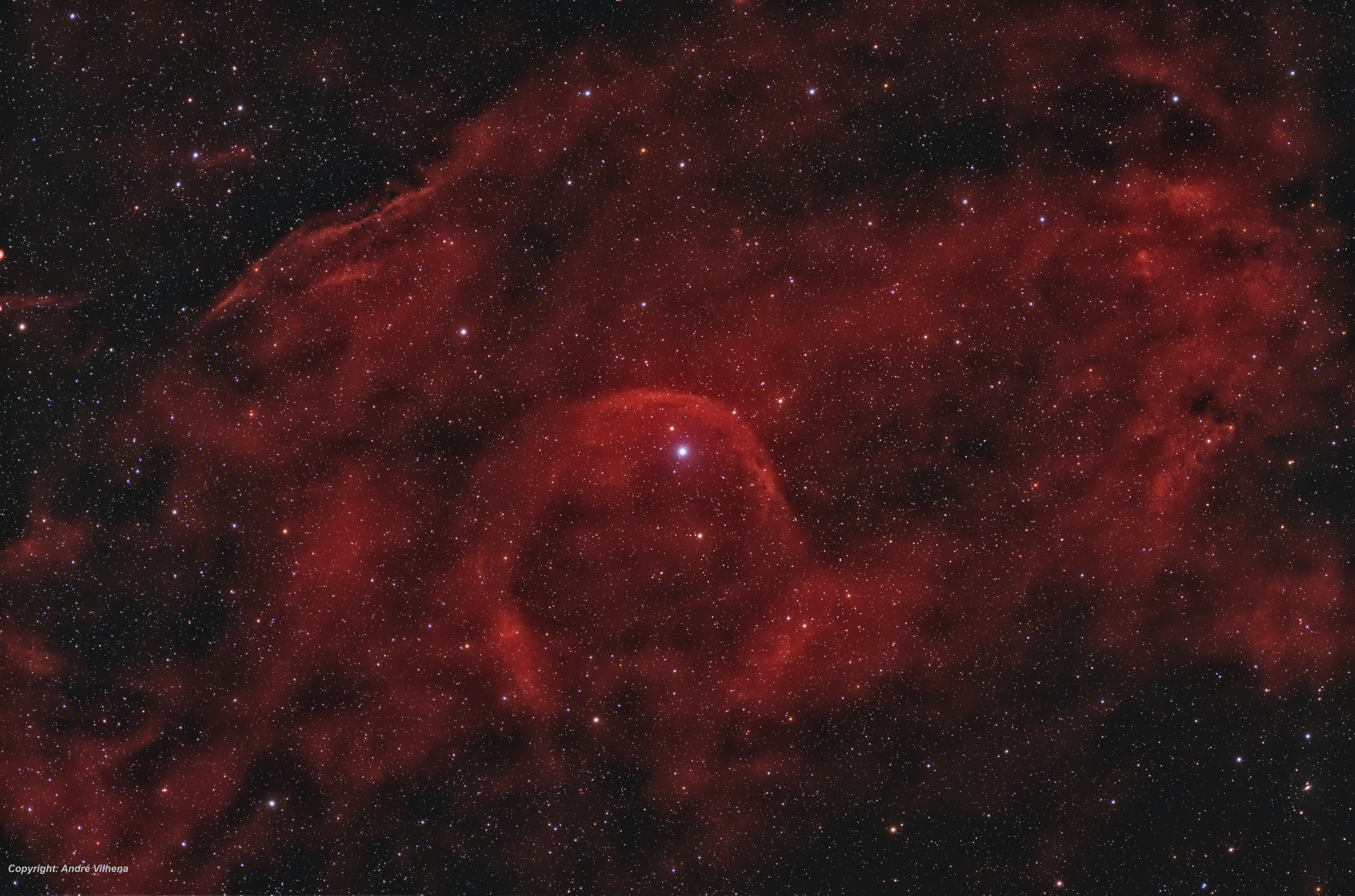
Steve Khan (born Steven Harris Cahn; April 28, 1947) is an American jazz guitarist.
Steven Harris Cahn was born in Los AngelesHis father, lyricist Sammy Cahn, “loved to hear any and all versions of his songs”. He took piano lessons as a child and played drums for the surf rock band the Chantays. The band’s guitarist exposed him to the albums Tough Talk by The Crusaders and Movin’ Wesby Wes Montgomery. In his late teens he quit the drums and started playing guitar. He was a member of the R&B band Friends of Distinction, recorded with keyboardist Phil Moore, then played on the album Bullittby Wilton Felder (“one of my heroes”). Despite his father’s advice to avoid a career in the music business, he graduated from UCLA with a degree in music composition and theory.
more...More Posts
- World Music Hamza Akram Qawwal & Brothers
- Daily Roots Johnny Osbourne
- Cosmos NGC 6357
- Leonard Cohen
- Sunny Murry
- Tommy Potter
- Slam Stewart
- World Music Jiraan
- Daily Roots Umberto Echo
- Frida Kahlo Power of the Cat
- Mt Zion Shabbat for the Soul
- Cosmos Barnard 150
- Billy Bang
- Red Mitchell
- Vi Redd
- Chico Hamilton
- Daily Roots Zion I Kings
- Flamenco Fridays Vicente Amigo
- Cosmos ESO 217-25
- David Bromberg